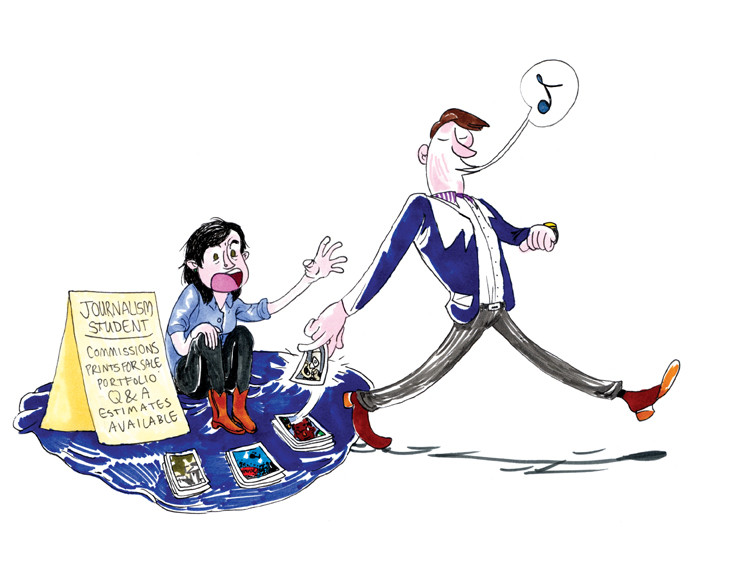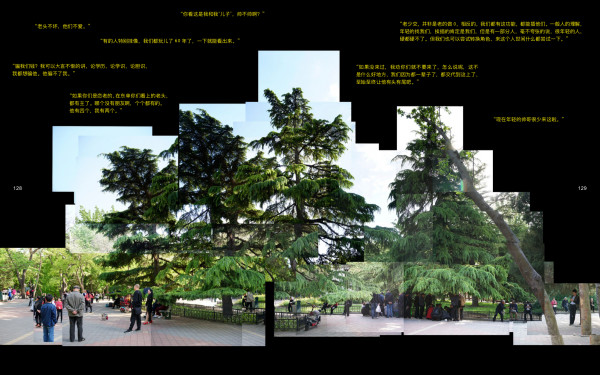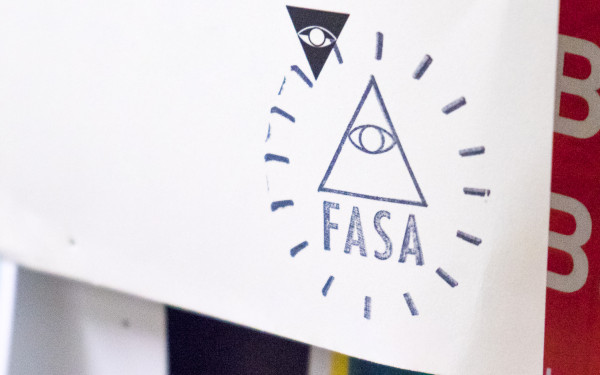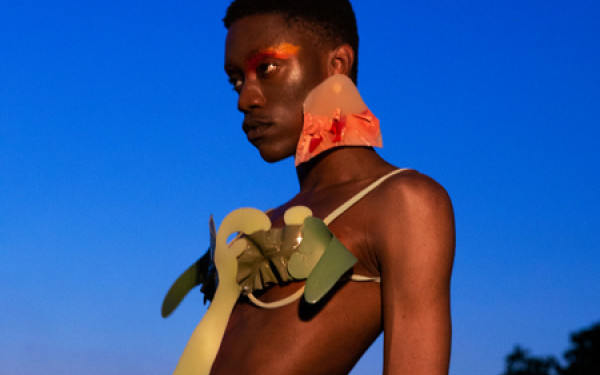What’s A Picture Worth, Again?
On Stealing Photos and the Double Standard of Intellectual Property
In case you’ve ever wondered whether or not using someone’s photograph without their permission and without attributing it to them was stealing, let me clear that up for you right now.
It is absolutely stealing. There are no two ways about it.
As a photographer I’ve heard every excuse in the book about why a news agency failed to contact me prior to publishing my photo without permission, and none of them even come close to excusing their behaviour. Photos and graphics are intellectual property, just like someone’s writing is, and using that property without permission or proper credit is theft.
Unless your name happens to be Margaret Wente, whose alleged plagiarism was making headlines this time last year, you’d likely never think that it’s appropriate to simply grab someone else’s writing and try to pass it off as your own, so why does that happen on a daily basis for visual material? It can take just as much effort to compose a shot properly as it does to write a great lede or a killer closing paragraph, and it’s insulting that the work of photographers is minimized to something that doesn’t even deserve a quick email asking for permission.
While it’s true that written material is the result of an individual’s thought process and careful composition, the same can be said for visual material; it’s just a different type of composition.
Things get a bit trickier when Creative Commons licensing enters the scene, but even then whoever is using the photograph is legally required to attribute it to the original artist—something that is so painfully easy it’s impossible to have sympathy for organizations that fail to do so.
The concept of fair dealing is often used to excuse the theft of intellectual property, but it’s essentially a moot point when there is no attempt to credit the artist for their work.
Fair dealing excuses the individual using the photo on the grounds that it’s being used for a number of reasons, including private study or educational purposes. News reporting also falls under the category of exclusions, but even in these cases mentioning the original source of the photograph is required by law.
For some reason there seems to be some sort of misunderstanding. There appears to be the widely perpetuated belief that photos and graphics are up for grabs. You’re free to take them and, while you may see fit to credit the original artist, it’s no big deal if you don’t feel like including their byline.
This idea of photographs as a take-what-you-want-and-screw-the-artist deal is incredibly misguided and it belittles the work that photographers do every day. Yet it’s an idea that continues to be perpetuated no matter how many emails or tweets are sent to the offending organization.
Whether it’s CBC Montreal, Random House-owned Hazlitt Magazine or Rabble.ca, all of whom have republished The Link content without permission (to their credit, these publications have removed the offending graphics, videos or photos after The Link pointed out the infringement), the theft of photographs happens so often that it’s hard to keep track of who’s stealing what.
It shouldn’t be up to individual photographers to comb through the websites of
various news organizations on a weekly basis to see who’s the latest culprit. The onus ought to be on the organization itself to simply learn what’s legal and what’s not, and to stick with it, or to start accepting the fact that theft of visual material is just that—theft.
Photographers and other visual artists are, for the most part, hardworking individuals who, like others in the field of journalism, are trying to make a living doing what they love. By refusing to pay or credit the artist for content they steal, offending organizations send a very clear message that photographers’ work is not worth paying for, or even asking for permission to use.
When long-time employees of newspapers are being laid off, freelancers are in a position to make huge gains from an admittedly rough situation. However, if a news organization simply waits until after the fact to take down images used without permission, it only exacerbates the situation.
Photographs do not simply appear out of thin air; they take hard work and practice and should be treated as such.
It seems utterly ridiculous to have to ask individuals and organizations to stop taking what does not belong to them, and yet for many photographers this is a sad reality that comes as a part of their job.
Short of watermarking each and every photo that is published (something that is not the practice of many newspapers and magazines), there is little that individual photographers can do to prevent their work from being used without their consent.
I am sick and tired of having to call up news organizations and inform them that my photo is being used without permission or payment, and I know I’m not alone. The ridiculous double standard of intellectual property, where the republication of written work without consent is cause for public outrage, while the use of a photo without permission tends to be confined to the photographer tweeting at the organization in question, needs to come to an end.
Photography and photographers themselves should be taken seriously, and it’s time organizations that steal their content recognize that.


_600_832_s.png)




